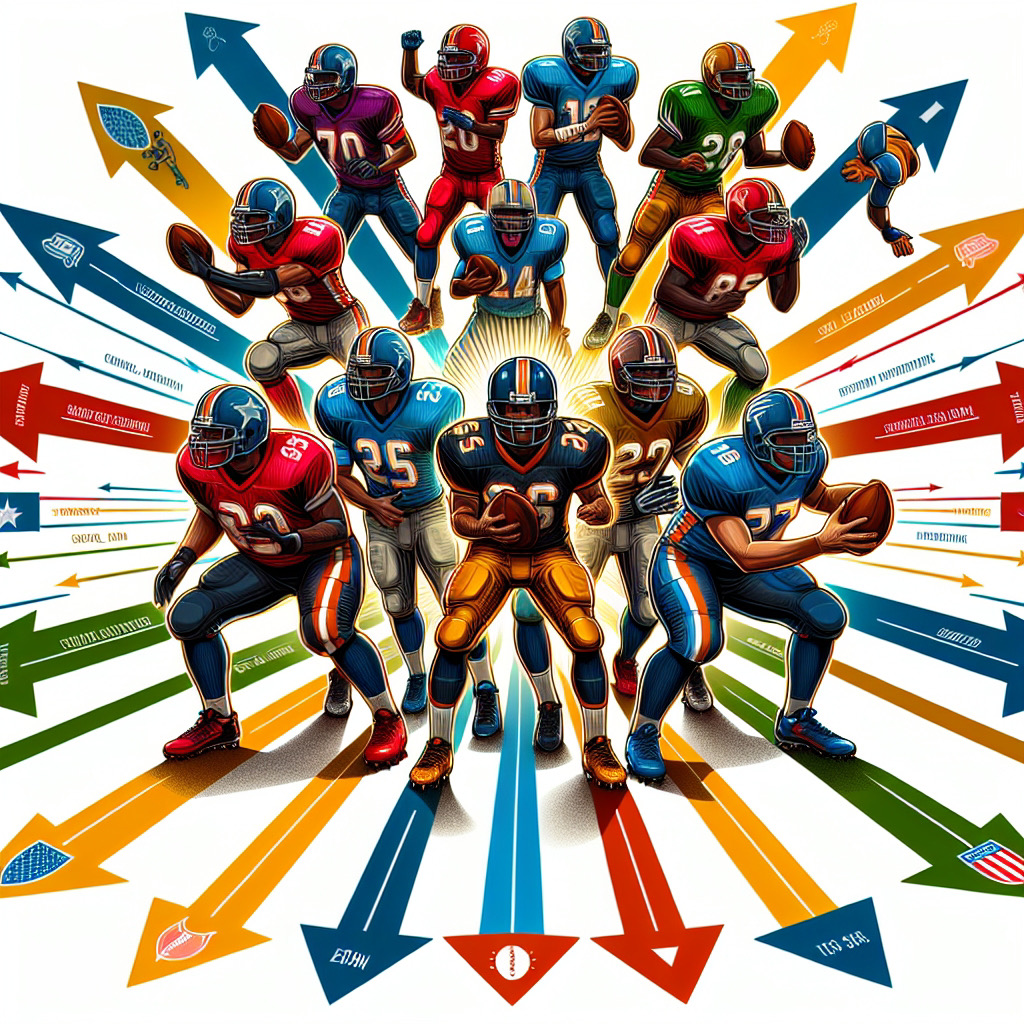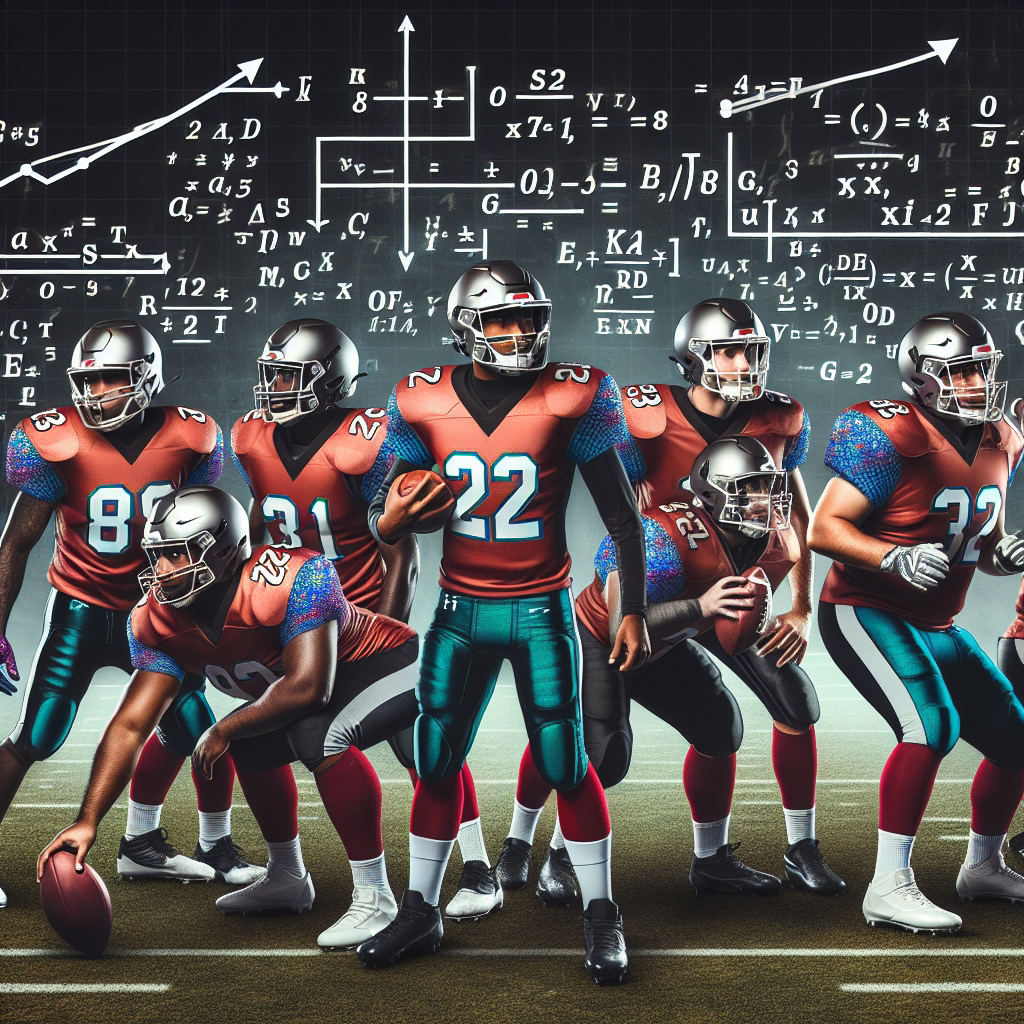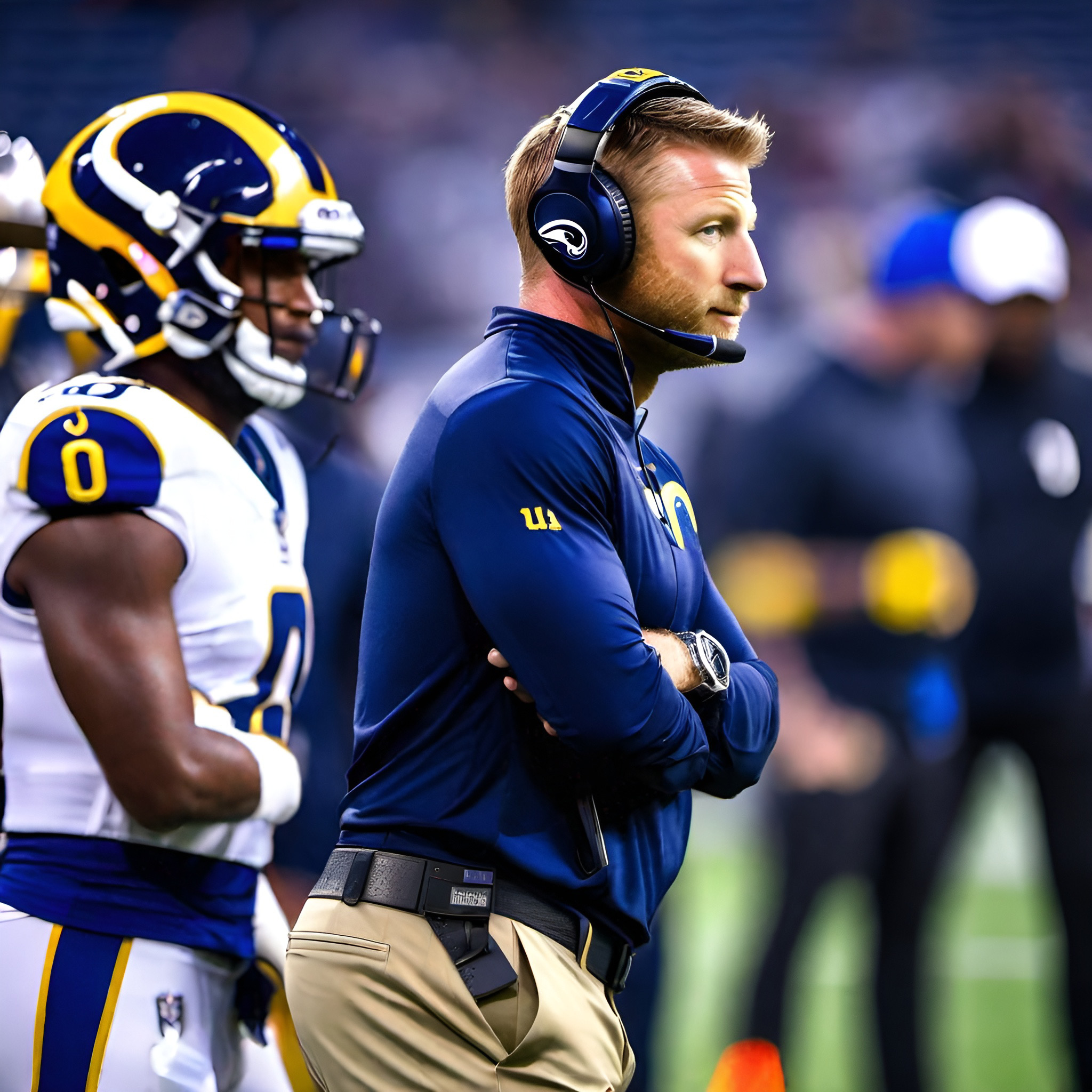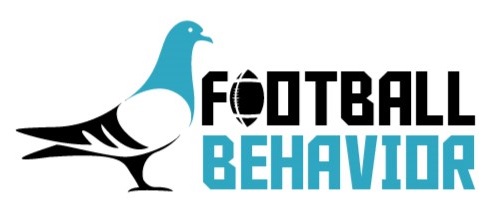Football Behavior NFL Analytics
Improvement Index: Analyzing In-Season GrowthIf You’re Short On Time…
- Objective NFL Analytics for In-Season Growth
- Measuring Week to Week Momentum
- Can Help Determine Awards Like Coach Of The Year
- A Different Kind Of Analytcis: The Three Laws of Football Behavior
NFL Analytics: Improvement Index Defined

Have you ever wondered why there is no current metric that measures the growth, or decay, a team goes through over the course of a season?
Well, there is. The Football Behavior Improvement Index is the quantification of improvement, or regression, across two competing behaviors, one you want to see grow, and one you want to see decay.
When we measure behavior change, it is important to note that behavior changes exponentially, not linearly. That is to say that it multiplies and divides over times. Behavior change speeds up and slows down through acceleration and deceleration.
For example, good behavior (like scoring points) can accelerate at a rate of 20% week over week, or improving by multiplying 1.2 each week. It can also decelerate at a hypothetical rate of 13% week to week, or getting worse by dividing 1.15 each week.
The same is true of bad behavior (like allowing your opponent to score points). What is incumbent upon us is to find a way to look at how one behavior is changing, directly relative to how a COMPETING behavior is changing.
Improvement Index: Finding Overall Change Across Competing Behaviors
The term “Competing Behaviors” is key to understanding the Improvement Index. We can look at anyone behavior and measure its change over time. That is simple enough.
But in a sport like football you have multiple groups on the same team attempting to achieve different outcomes. Often, those outcomes are in competition with each other (scoring points vs. not allowing your opponent to score points), meaning they cannot be done at the same time.
In that case, it can be difficult to measure overall team improvement with just one number. That is where the Improvement Index comes in. Taking the hypothetical example from above:
Team A is seeing their scoring behavior grow 20% (x1.2) week to week, and their score prevention behavior is decaying 13% (÷1.15) week to week.
This is good for Team A. The competing behaviors are trending in different directions. Scoring is improving, and the amount of points being allowed is decreasing. But exactly how good is it?
As a team, they are improving by 38% overall in scoring.
Improvement Index: How We Calculate It


It is a defining, and differentiating, trademark of ours to be completely objective in our metrics. We conduct and provide our measurements without making assumptions, like whether or not a throw was a “big time throw”, or grading players when we don’t know what their coaches are making them responsible for on any given play.
The Football Behavior Improvement Index follows suit in that it is a completely objective and mathematical observation of growth, or regression. We are combining the growth rates of two competing behaviors into one objective measurement.
To do this, we divide the celeration rate of the correct behavior (in this case, scoring points) by the celeration rate of the incorrect behavior (allowing points to be scored).
Remembering that behavior change is exponential (multiplies and divides), due to how ratio charts work, the resulting value is representative of the overall state of improvement in a given area. Simply said, the Improvement Index measures how well a team is increasing correct behavior simultaneous to how well they are reducing incorrect behavior.
This allows us to put one value to overall improvement in a given area of skill, as well as the direction (improvement or regression) and magnitude (rate of change) of that improvement.
Not Everybody Improves
Now, to be clear, the above Team A example is an optimal scenario for a team, when both competing behaviors are diverging in the directions you want them to. Some teams however, regress overall.
In fact, in 2022, half of the league regressed week to week over the course of the entire season. In 2023, 15 teams regressed week to week over the entirety of the season.
This can happen when competing behaviors run parallel to one another, or worse, converge with one another on a ratio chart. What really matters is the margins between the celeration rates of each competing behavior.
For example, in 2023, the team with highest regression week to week was the Carolina Panthers. What stands out is that they had the most improved defense week to week in the entire league. But their offense was in such a steep regression, it more than wiped away the value of their defensive improvement.
Said another way, the acceleration of their offensive regression was so fast that the acceleration of their defensive improvement could not prevent their overall regression as a team.
Why Is The Improvement Index Valuable?

The Football Behavior Improvement Index adds significant value in a variety of ways to the broader discourse on NFL Analytics. Here are our three favorite use-cases:
1. Better understanding of the value of trends and momentum. Too often success is measured through standardization metrics and averages. This often leads to false narratives and explanatory fictions that create false expectations. Those type of stats don’t tell the whole story of any one team’s season. When making predictions or analyzing a team in the present, precision is key. As we progress through a season, how a team is trending is much more predictive of future success than their season average in a particular category. This specifically allows us to foretell upsets, identify sleepers, and dispel media narratives derived at through explanatory fictions (i.e. 2023’s Miami Dolphins and Philadelphia Eagles).
2. Measuring the impact of coaching or roster changes. A coach in the NFL has an incredible amount of responsibility. However, none of them are more important than ensuring that the team that reports to camp is the worst version of that team. The team playing in January should be better the one who started the season in September. The Improvement Index allows us to measure team improvement and identify the coaches who are helping their team grow during the course of a season. We can also identify trends across seasons within the same coaching staffs. This can help organizations quantify the value of their coach when determining whether or not to make a change. This can also help head coaches make decisions on their coordinators and positional staff. Those types of decisions can be the environmental decisions that change the course of a team’s season, or be felt across seasons.
In 2022, the Buccaneers and Texans were among the four most regressed teams in the NFL. They each made significant changes to their environment, whether it be roster-wise or coaching changes, and those changes paid off as both made the postseason in 2023. The Buccaneers had a full changeover in offensive coaching staff and at quarterback, and went from 26% overall regression (the worst of any team) in 2022, to nearly 7% overall improvement in 2023, a 33 point change.
The Texans saw a 16% overall regression in 2022 and changed out their entire coaching staff, through to the head coach, and started a rookie quarterback. They went from regression on both units, to overall improvement on both units and a 1% overall week to week improvement, a 17 point change.
3. Identify sleepers for the following season. In 2022, the Detroit Lions and Pittsburgh Steelers both missed the playoffs. They also finished that season ranked numbers one and two in the Improvement Index with 35% and 27% overall improvement respectively, throughout the entirety of that season.
Continuing to build on that foundation without any major environmental changes prior to the season, in 2023, the Lions improved on their 2022 win total by three games and reached the NFC Championship game. The Steelers also improved their win total by one game and made the playoffs despite in-season disruption at the quarterback position and a mid-season offensive coordinator change.
READ MORE
The Latest Behavioral Analysis Exclusively Here At Football Behavior
Kirk Cousins, The Shanahans, And The QB Collective: Player vs. Environment
Kirk Cousins career has been influenced by the Shanhans since day one back in 2012 when he was drafted by Mike Shanahan. 🎥 WATCH: Player vs. Environment Ep. 3: Cousins and the Shanahans The Shanahan Influence and QB Collective The story of Kirk Cousins...
Justin Fields Leaving Bears Was Best Thing For His Future
No, trading him wasn't the problem. In fact, that was probably the best thing they could have done for him. 🎥 WATCH: Justin Fields Needed New, Better, Environment In the highly competitive world of the NFL, the trajectory of a player's career can often hinge on...
Falcons Sign Kirk Cousins: This Is The Way
The Falcons have disappointed in their seasons under Arthur Smith. They have been competitive in the most mediocre of ways, but wins are what pays the bills and keeps jobs. Enter Raheem Morris. Immediately he has identified how much better this team would be...

